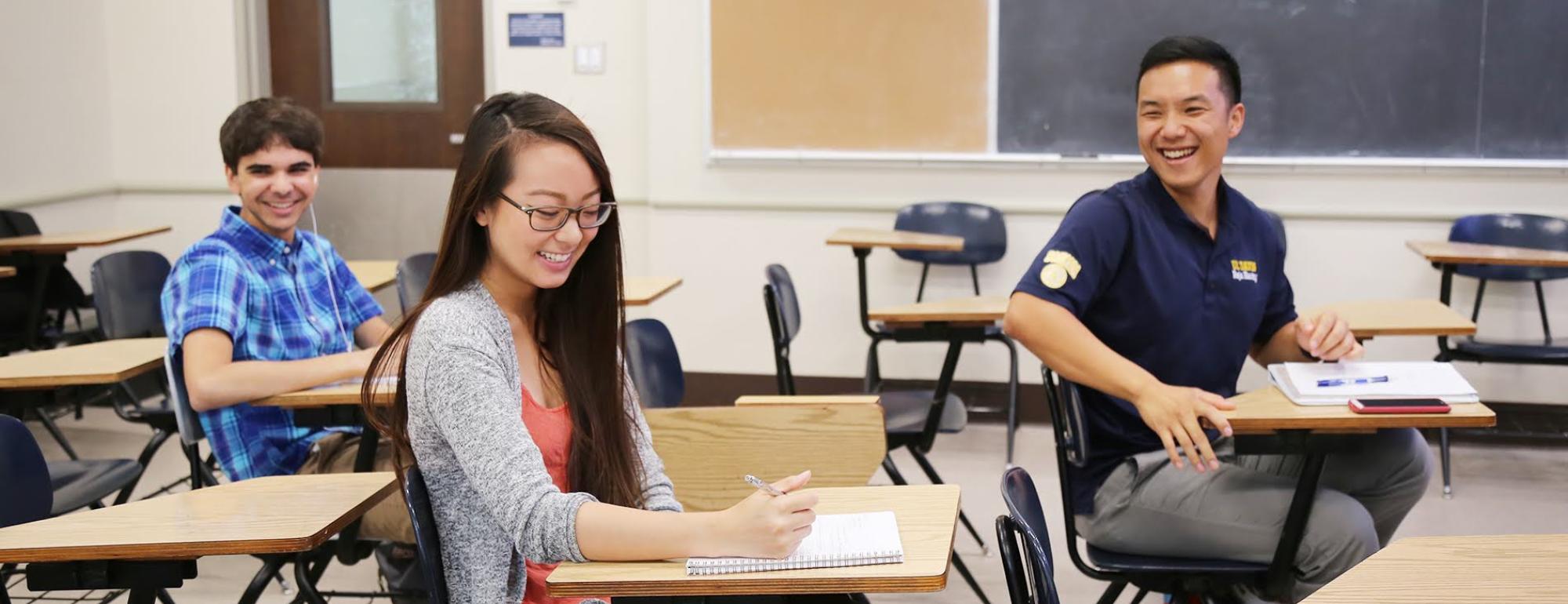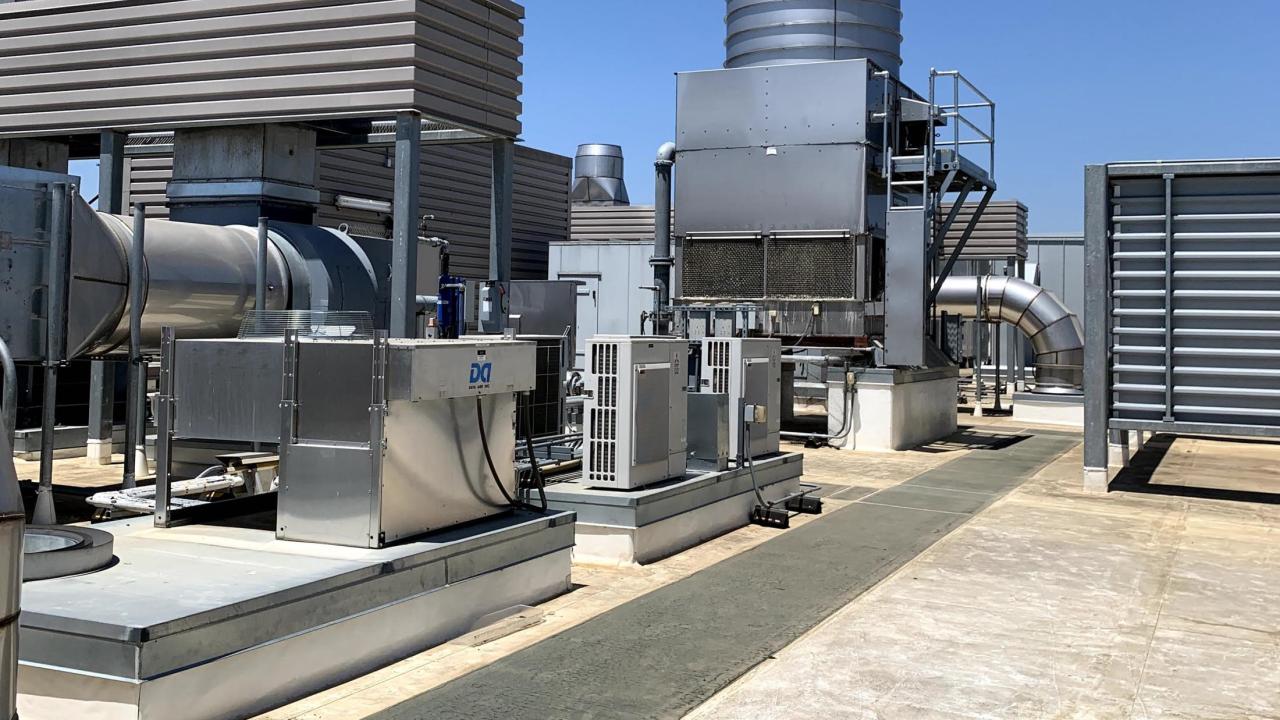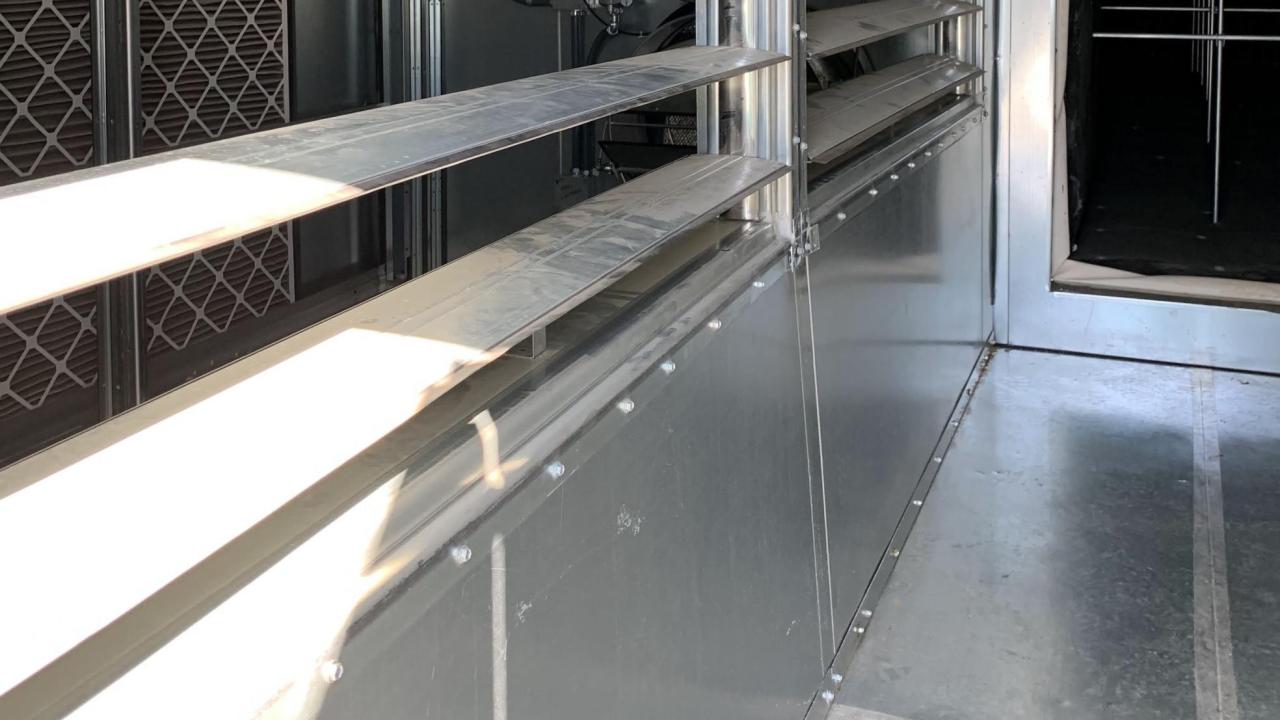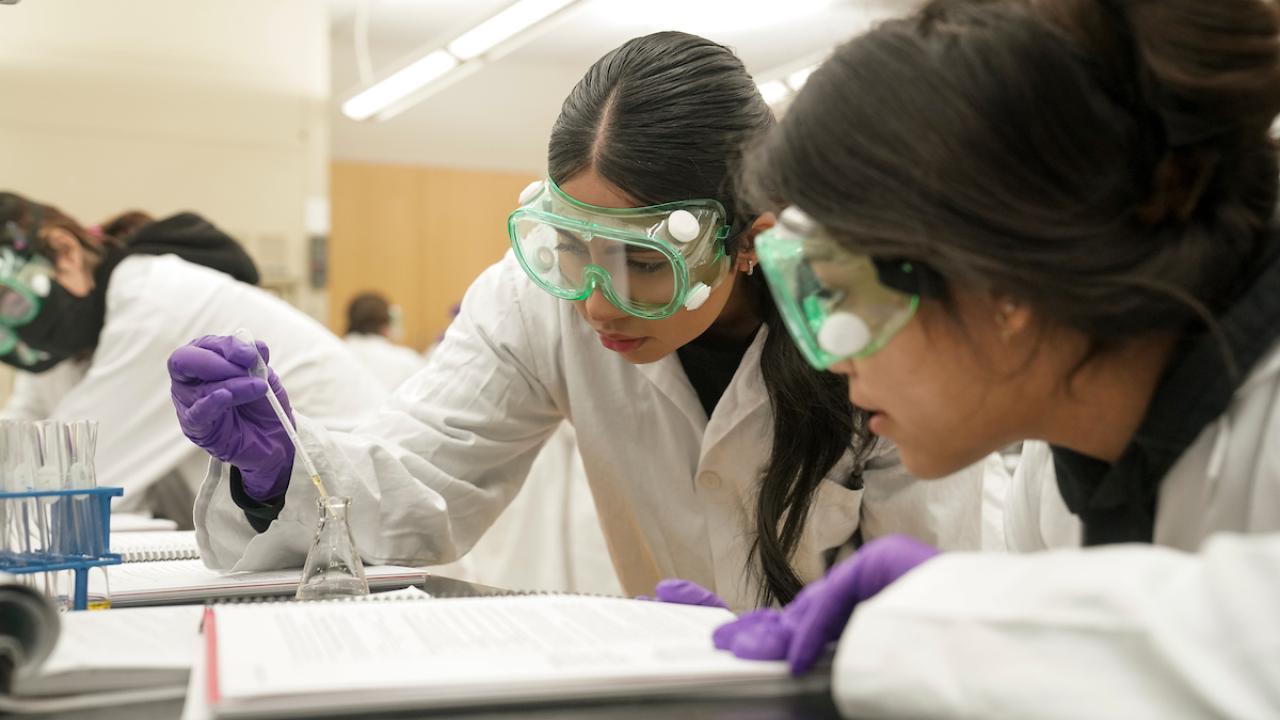What affects comfort in classrooms?
Every classroom and lecture hall on the UC Davis campus is different. The following items all have an impact on an individual's comfort level in a classroom.
- The size of the room and the slope of the floor
- The size of the room can affect how air moves in the room, causing stuffiness or drafts. The distance between the floor and the ceiling is one factor in how stratified the air is in a room, e.g., warmer air towards the ceiling and cooler air near the floor. The steeper the slope in a lecture hall, the more likely it is that it will be warm at the top of the room and cooler towards the blackboards or "front" of the room.
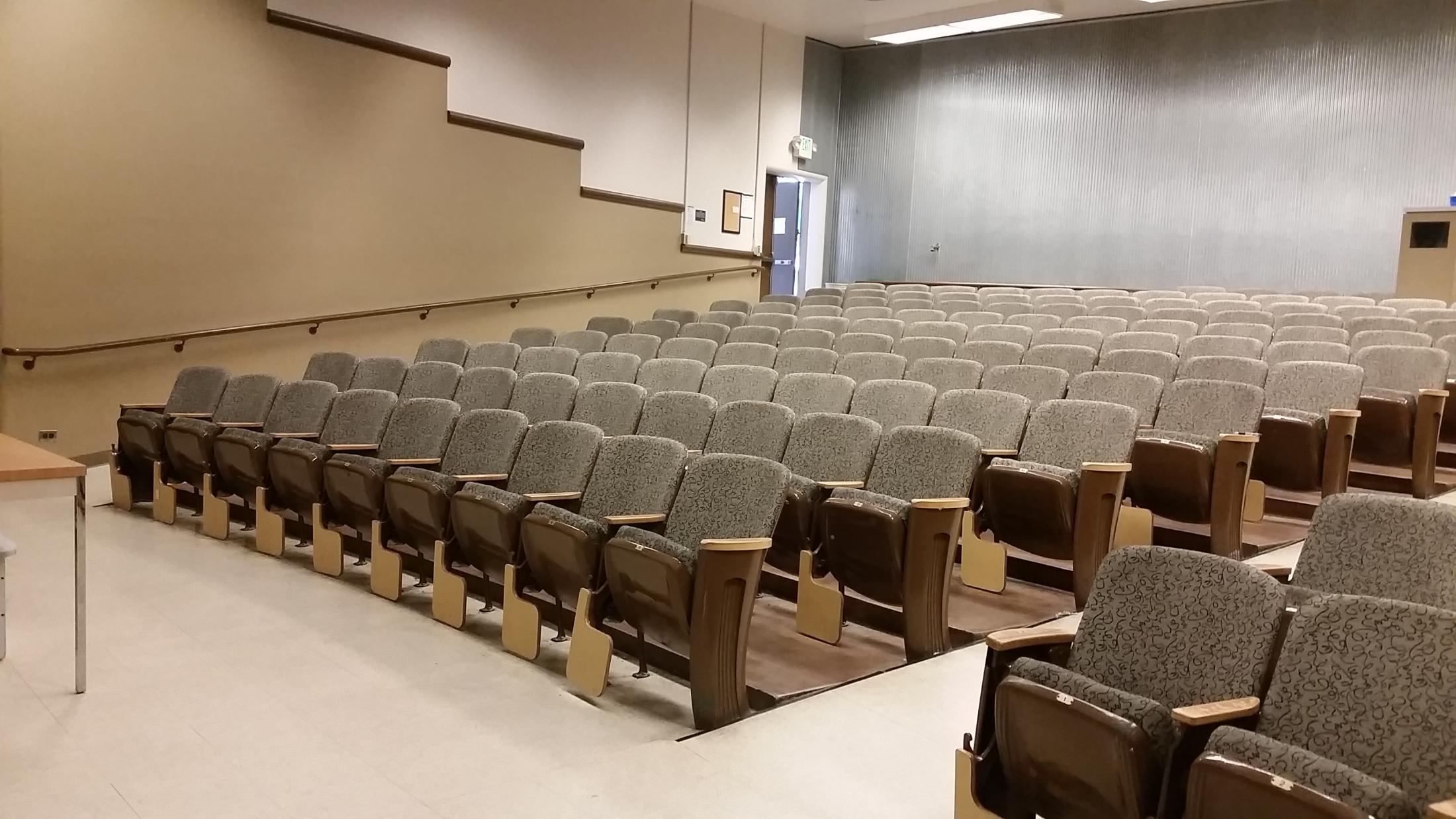
Lecture Halls with a flat slope
are more likely to have evenly distributed temperatures.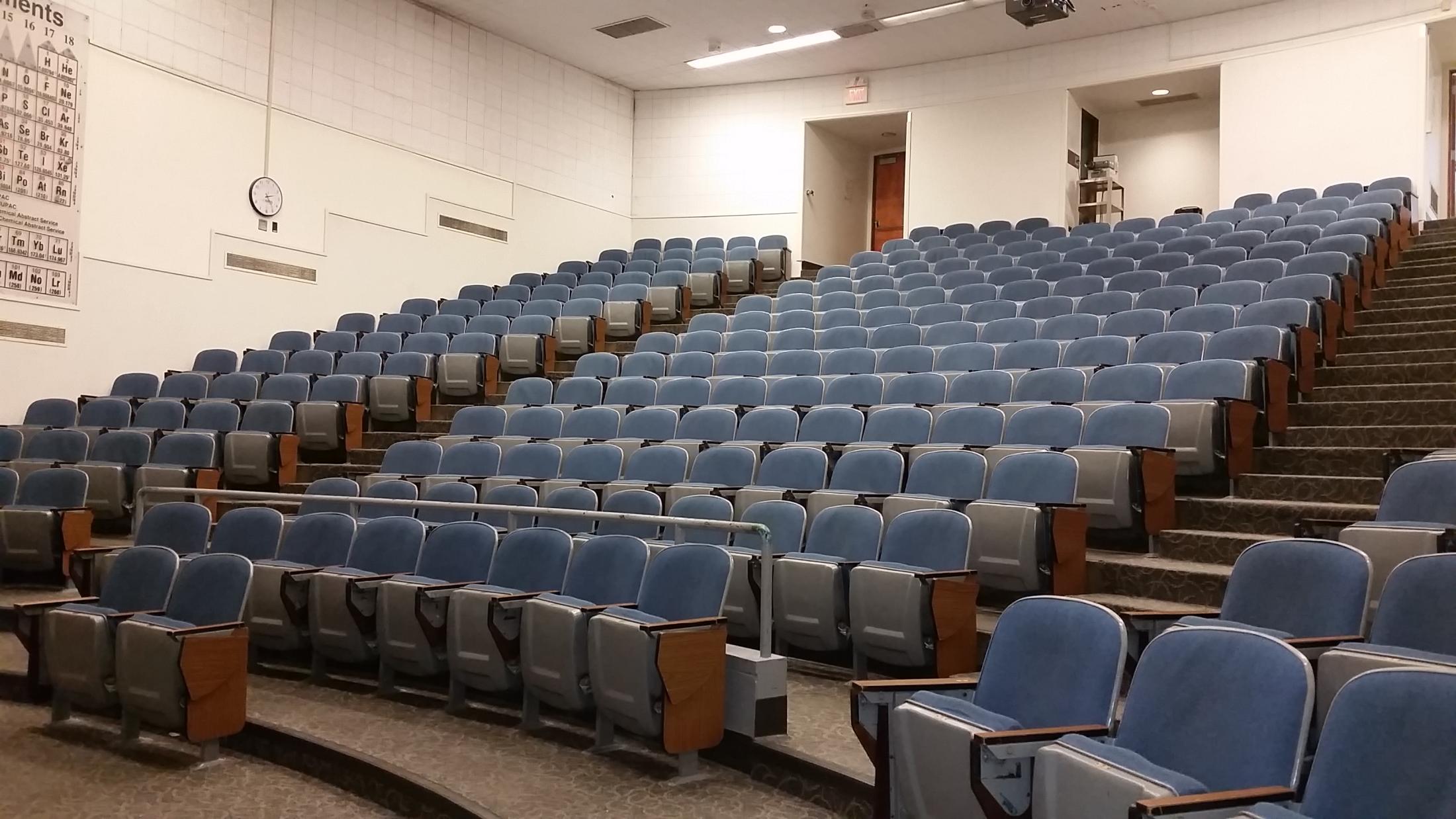
Lecture Halls with a steep slope
may have temperature variances throughout the room. - The location of the vents in the room
- Both the type and location of the vents in a room affect airflow and in turn your comfort. Some lecture halls like Sci Lec 123 have 189 vents on the floor. While the Social Sciences lecture hall has 7 vents on the ceiling supplying air to the room.

4-direction grilles disperse air more evenly throughout the room. 
1-direction registers disperse air in one direction into the room and may cause drafts. - The number of people in the room
- The number of people and the size of the room affects how warm or cool it can feel in the space. More people in a smaller room can feel stuffy, but fewer people in the same room can feel comfortable.
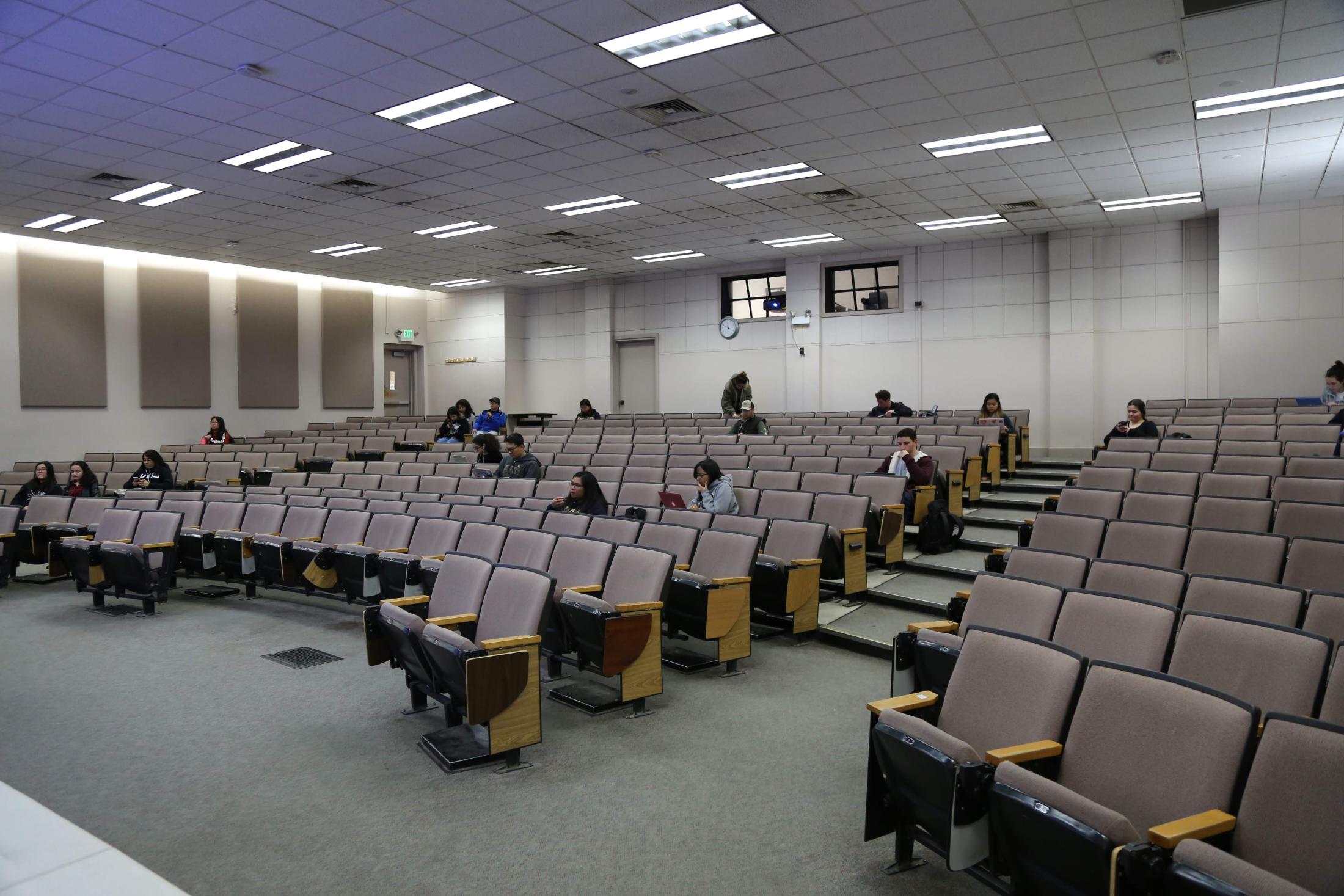
Fewer people in a large space may feel cooler, or if you run warm, comfortable. 
More people in a large space may feel warm, or if you run cool, comfortable. - The age of the building and the heating/cooling system
- The UC Davis campus is over 100 years old, and while some buildings are brand new others are steeped with history (and older HVAC systems). A newer HVAC system typically means we're able to see and control more aspects of thermal comfort.
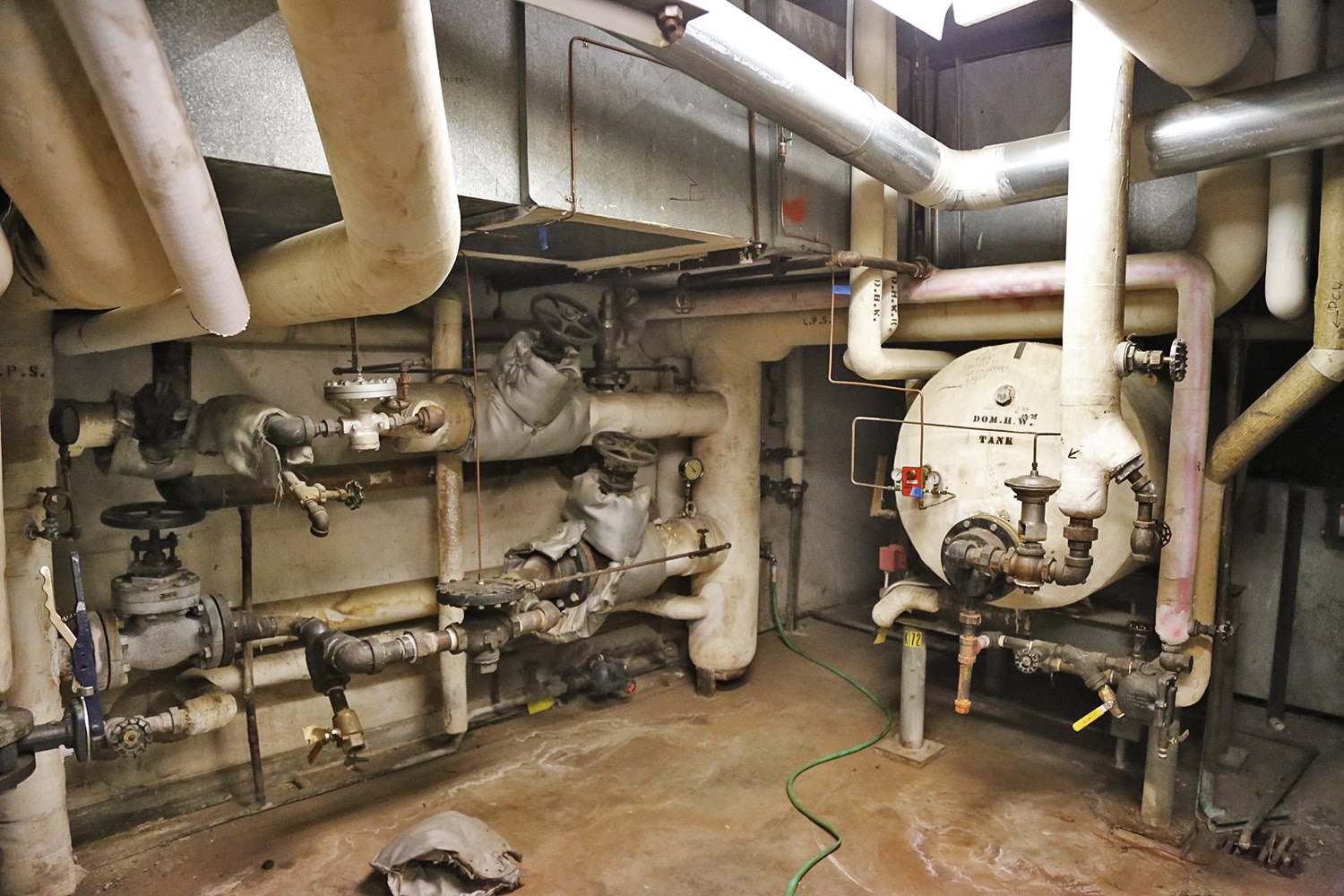
Older mechanical rooms have less automation and controls. 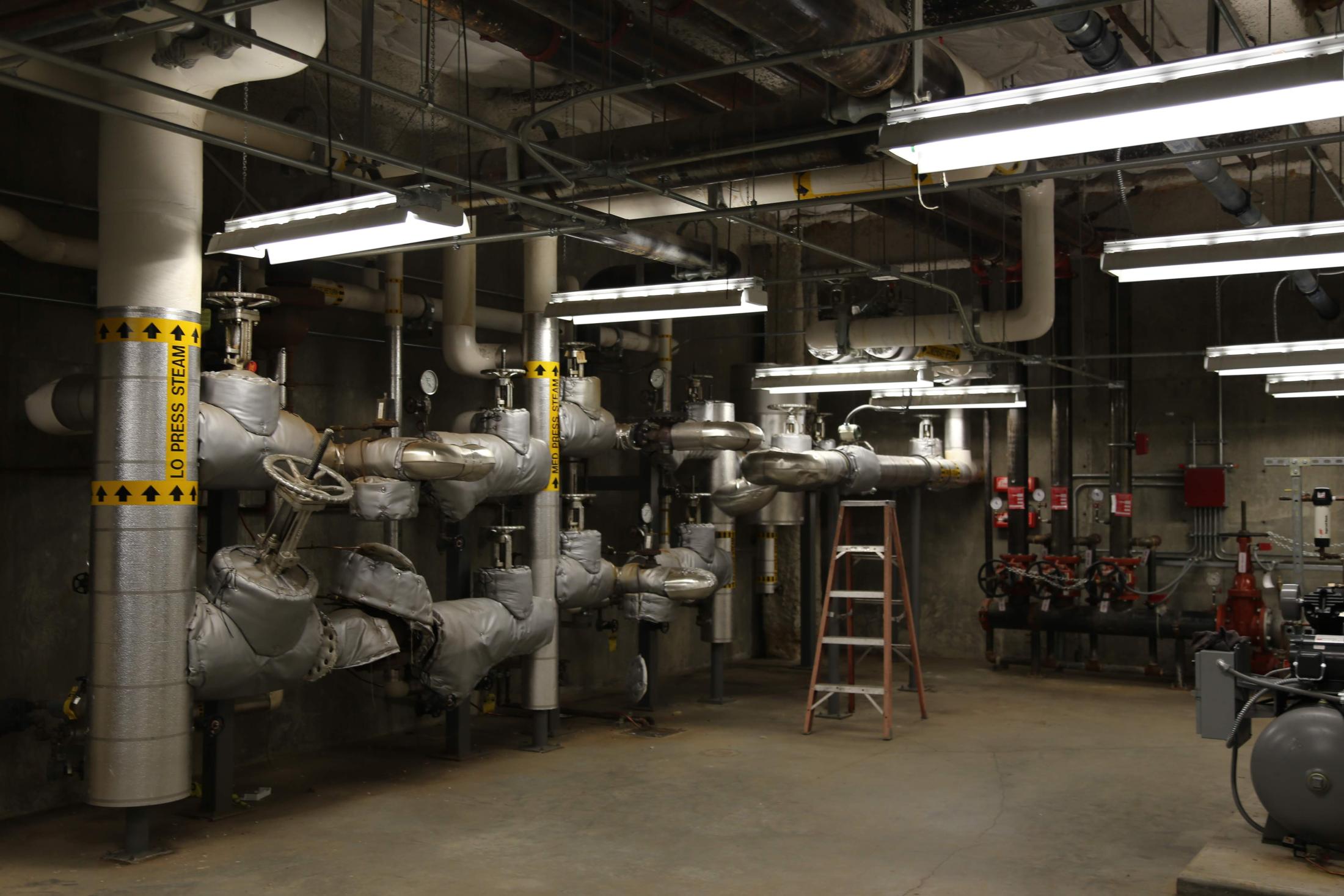
Newer mechanical rooms enable more fine tuned heating and cooling. - The presence of windows and natural light
- The amount of natural light entering a space can affect your thermal comfort through heat gain, i.e., the light coming into the room actually heats the space. Or if the light strikes the surface of your skin, you may feel the warmth.
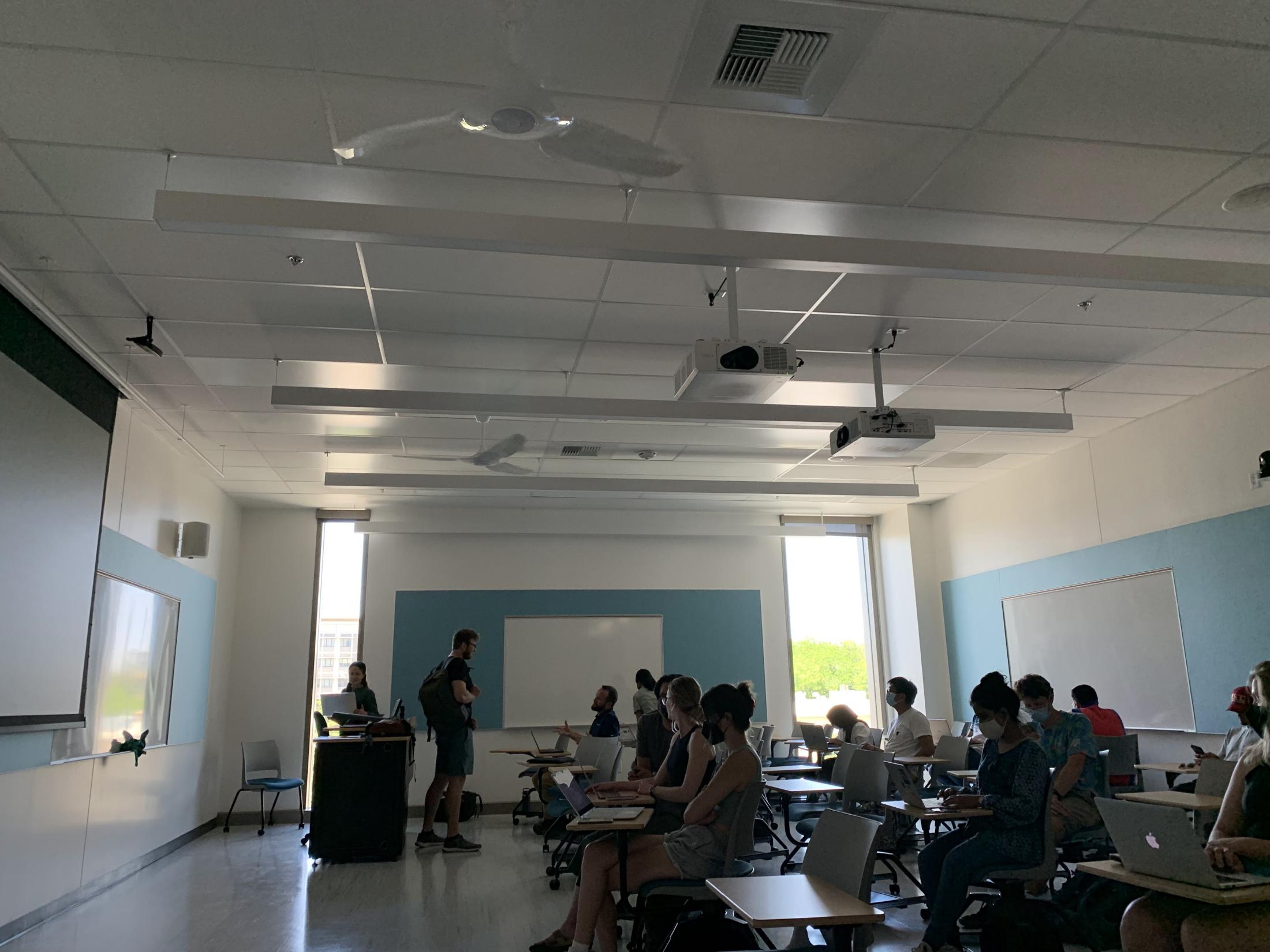
Windows affect the amount of light and heat transfer.
Sitting next to a window where light is hitting you may get warm.
While most lecture halls have less natural lighting, it's common for smaller classrooms to have widows for natural lighting.
Classroom Comfort Tips

I'm Hot
- Avoid sitting in direct sunlight if you run warm. If you sit next to a window in direct sunlight you will start to feel warm.
- Sit in the front of the lecture hall if you run warm. Because heat rises, the front of sloped lecture halls are typically cooler.
- Sit under or near a vent if you run hot or just ran to class. Air enters a room through the vents and simple air movement can feel cooling.

I'm Cold
- Avoid the vents if you run cold. Air enters a room through the vents and simple air movement can feel cooling.
- Sit in direct sunlight if you run cold. Direct sunlight will become warming as time passes.
- Sit in the back of the lecture hall if you run cold. Because heat rises, the back of sloped lecture halls are typically warmer.
